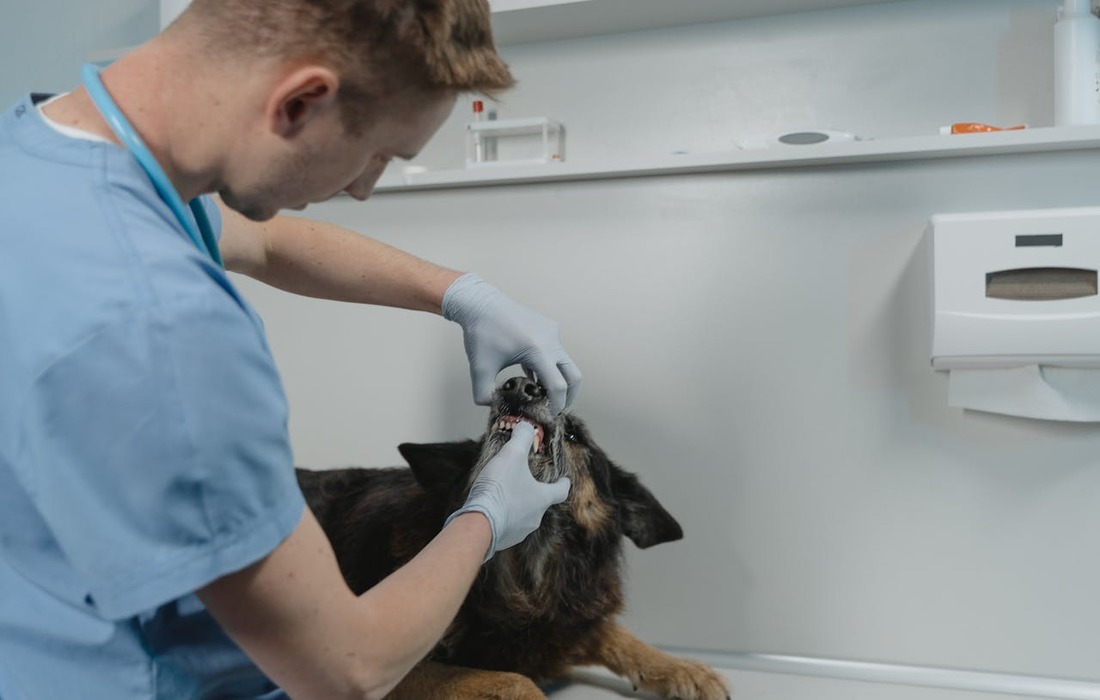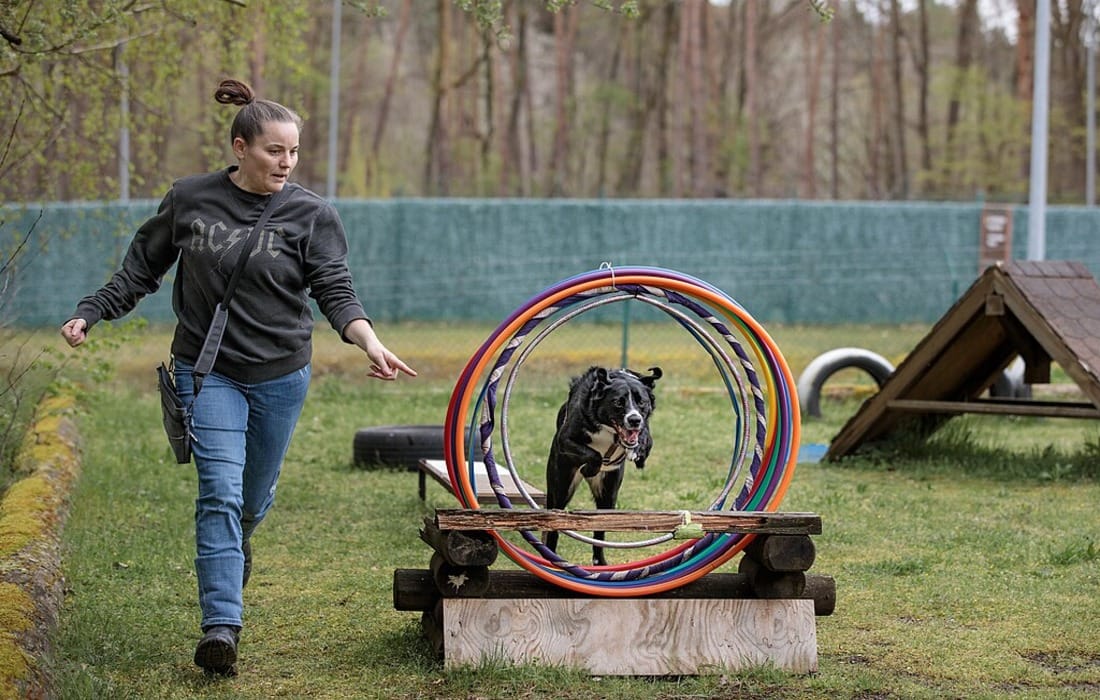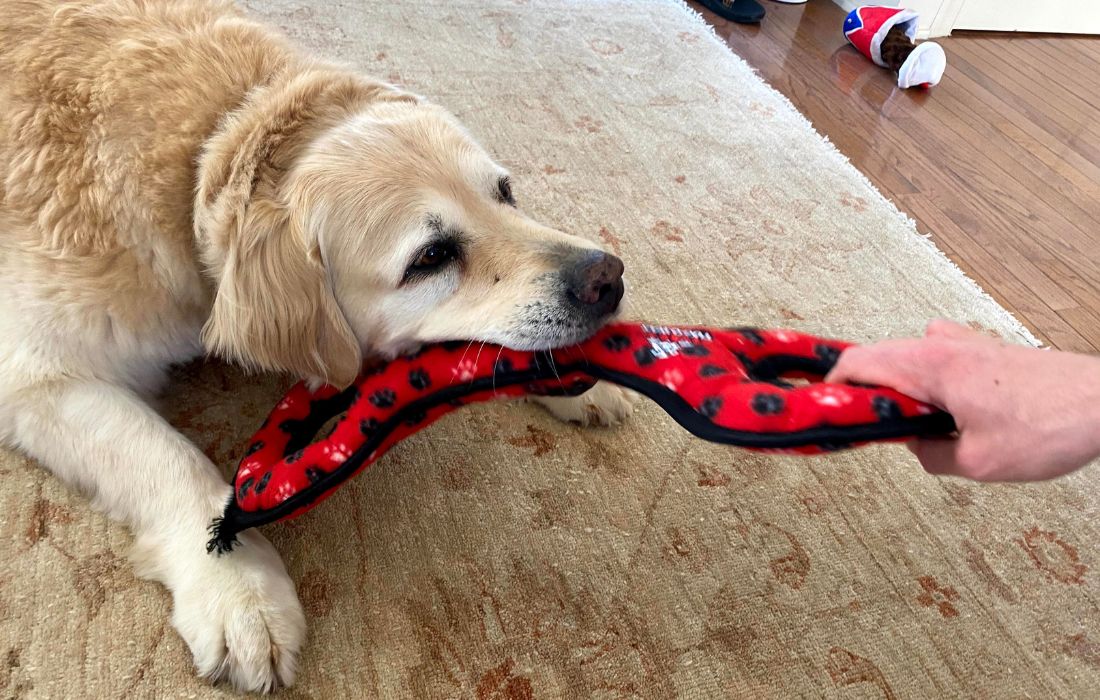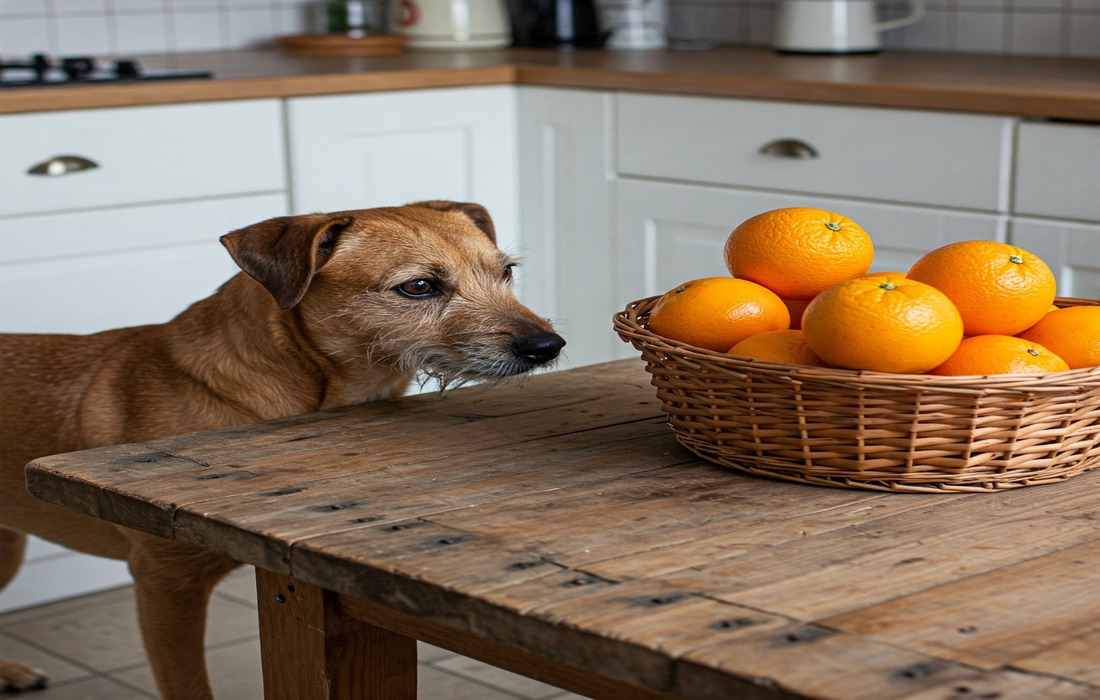Bringing a new dog into your life is exciting, but it also comes with its challenges—especially for first-time owners. Proper training isn’t just about teaching your dog to fetch; it plays a vital role in shaping their behavior, building trust, and ensuring a happy, well-adjusted companion. For beginners, navigating the world of dog training can feel overwhelming, but with the right resources you will be well equipped to tackle the challenge. In this guide I’ll give you a list of the best books to make your dog training journey feel like a walk in the park.
Key Features to Look for in Dog Training Books
When choosing a dog training book, it’s important to find one that aligns with your needs as a first-time owner. The right book will not only guide you step-by-step but also help you establish a positive relationship with your furry friend. Let’s break down the key features you should look for to make an informed decision.
Ease of Understanding


Clarity is everything when you’re learning something new—this includes dog training. Beginners will benefit most from books written in straightforward, easy-to-understand language that avoids excessive jargon. A great beginner book will:
- Use simple and concise instructions.
- Include visual aids like step-by-step pictures or diagrams.
- Provide relatable scenarios for better learning.
Books that feel approachable can alleviate much of the initial overwhelm. A perfect example of this would be books with a conversational tone that feel like advice from a trusted friend rather than a complicated manual.
Positive Training Approaches
Dog training is most effective when it’s built on trust and respect, which is why books advocating for positive reinforcement techniques should be a priority. These methods emphasize rewarding good behavior instead of punishing bad behavior, and they’re proven to strengthen the bond between you and your dog.
Why does this matter? Studies have shown that punishment-based training can lead to miscommunication and even fear-based responses in dogs. Look for books that teach techniques like:
- Rewards-based training with treats, toys, or praise.
- Redirecting unwanted behavior instead of scolding.
- Encouraging natural dog instincts in productive ways.
To get a deeper understanding of why positive reinforcement works and how it benefits your dog long-term, you can explore resources like this guide from the AKC.
Author Expertise
When it comes to training advice, the source matters. Books authored by certified professionals such as dog trainers, veterinarians, or animal behaviorists offer the highest level of reliability and insight. A trustworthy author doesn’t just write from opinion; they base their methods on science and experience.
How can you spot a credible source? Check for these signs:
- Certifications like CPDT-KA (Certified Professional Dog Trainer).
- Clinical background in animal behavior or veterinary science.
- Testimonials or expert endorsements on the book cover.
For example, books written by certified professionals often include evidence-based approaches, making the advice practical and actionable. By prioritizing these key features, you’ll set yourself up for success and pave the way for a better training journey with your dog.
Top 10 Books on Dog Training for Beginners
Training your dog can feel overwhelming, especially if you’re just starting out. Luckily, there’s no shortage of incredible books to guide you through your journey. From understanding your dog’s behavior to mastering training techniques, these books offer expert advice in a clear, approachable way. Here’s a detailed look at the top 10 dog training books every beginner should consider.
1. ‘Don’t Shoot the Dog!’ by Karen Pryor
Positive reinforcement is the backbone of dog training, and Karen Pryor’s book emphasizes this with clear, actionable advice. Her methods focus on motivating dogs through rewards rather than punishment, making it an ideal choice for beginners. “Don’t Shoot the Dog!” isn’t just about teaching commands; it’s about shaping better behavior overall. The book delves into eliminating bad habits and creating a harmonious relationship with your canine. Its friendly tone and easy-to-follow strategies make positive training approachable for anyone.
2. ‘The Power of Positive Dog Training’ by Pat Miller
Pat Miller’s Power of Positive Training, offers a compassionate and science-backed approach to dog training. The emphasis is on humane techniques, making it a standout for anyone seeking effective yet kind methods. Miller’s six-week training plans are laid out clearly, walking you through detailed exercises. What sets this book apart is how it helps you create a bond with your dog while teaching practical skills. If you’ve ever been daunted by the process, this book simplifies it without losing depth.
3. ‘Perfect Puppy in 7 Days’ by Dr. Sophia Yin
If you’re bringing a puppy home, this book is a must. Dr. Sophia Yin provides a week-long, step-by-step roadmap to help you establish positive habits from day one. Perfect Puppy in 7 Days, Covers everything from house-training to socialization, it’s designed to set your puppy up for success. Yin’s approachable tone paired with clear schedules will make even the busiest pet owners feel prepared. For first-time dog owners, this guide is packed with information that makes all those early days much less stressful.
4. ‘Training the Best Dog Ever’ by Larry Kay and Dawn Sylvia-Stasiewicz
Training the Best Dog Ever, is a book that simplifies dog training into a five-week, reward-based program that’s easy to follow. Designed with beginners in mind, the approach avoids harsh methods, focusing instead on patience and rewards. Larry Kay and Dawn Sylvia-Stasiewicz bring years of expertise to the table, making their techniques reliable and practical. Whether you’ve got a new puppy or an older dog, this book provides clear steps for fostering good behavior.
5. ‘The Other End of the Leash’ by Patricia B. McConnell
The Other End of the Leash goes beyond standard training tips by teaching you how to understand your dog’s perspective. McConnell is a behaviorist who sheds light on the way dogs interpret human actions, helping you communicate better with your furry friend. If you’ve ever felt like your dog doesn’t “get you,” this book will change how you see your relationship. It’s science-packed but written in a relatable, conversational style that keeps it approachable.
6. ‘The Art of Raising a Puppy’ by The Monks of New Skete
Written by a group of monks renowned for their expertise in raising German Shepherds, The Art of Raising a Puppy, combines timeless wisdom with actionable steps. It covers everything from choosing the right puppy to setting up routines and tackling behavior problems. Their compassionate yet firm training style strikes a great balance, making it an excellent resource for any beginner.
7. ‘How to Behave So Your Dog Behaves’ by Dr. Sophia Yin
Another masterpiece from Dr. Sophia Yin, How to Behave So Your Dog Behaves, is all about making you a better dog owner. By focusing on understanding canine behavior and providing practical strategies, Yin offers tools to stop problem behaviors before they escalate. It’s perfect for anyone looking to improve their training skills with straightforward, manageable advice.
8. ‘Be Right Back!’ by Julie Naismith
This book might not be about dog training but I added it to the list because separation anxiety is a common issue for dog owners. But with the right approach it’s definetely manageable. Julie Naismith’s Be Right Back, breaks down why dogs struggle with being alone and provides a detailed plan to ease their anxieties. The strategies are actionable and focus on gradual progress, helping both you and your dog adjust. If this is an issue you’re facing, this guide is an invaluable resource.
9. ‘Puppy Training for Kids’ by Colleen Pelar
Want a boo that simplifies training concepts into kid-friendly language, helping even the youngest family members get involved? Puppy Training for Kids has you covered. This book is tailor-made for families with young children, from teaching basic commands to understanding responsibility, it’s a wonderful tool for creating harmony between your kids and your puppy. It’s hands-on, engaging, and fun—perfect for making training a true family affair.
10. ‘Dog Training Revolution’ by Zak George
Zak George brings a modern twist to training with techniques tailored to your dog’s individual needs. The book feels less like a manual and more like a friendly mentor offering encouragement throughout your journey. With its emphasis on positivity and customization, Dog Training Revolution is great for first-time owners seeking flexibility in their training methods. And if you’re more of a visual learning you can also check his Dog Training Revolution youtube channel.
Practical Tips for Implementing Training Techniques
Training your dog may seem difficult at first, but with the right approach, it’s entirely doable—even enjoyable! Whether you’re working with a puppy or an adult dog, effective training boils down to being strategic, consistent, and kind. Below, you’ll find actionable advice to make those training sessions productive and rewarding for both you and your furry companion.
Setting Realistic Goals
One of the most common mistakes is expecting too much, too soon. Before starting, take your dog’s age, breed, and temperament into account. A high-energy breed like a Border Collie may progress differently compared to a laid-back Bulldog. Puppies, for example, have shorter attention spans and need smaller, bite-sized training goals.
Set SMART goals (Specific, Measurable, Achievable, Relevant, Time-bound). For instance:
- Teach your dog to “sit” within a week by practicing 5 minutes daily.
- Work on recall (coming when called) progressively in different environments, starting indoors and gradually adding distractions.
Remember, it’s not about how quickly your dog “gets it,” but how well they retain and execute what they’ve learned. Every little step is a win, so celebrate small victories along the way!


Consistency is Key
Let’s face it—dogs thrive on structure. Imagine trying to learn a new language if the vocab kept changing! That’s exactly how your dog feels if the rules and commands aren’t consistent. Stick to the same words and tone for each command, and ensure everyone in your household is on the same page.
For instance:
- Use “stay” instead of alternating between “stay here” and “don’t move.”
- Pick one release word like “okay” to signal the end of a command.
But it’s not just about commands—routine plays a huge role too. If you’re training potty habits, take your dog out at the same times every day. This repetition builds their understanding and confidence over time.
Want more help to stick to consistency? Check out this beginner’s guide to step up your training game.
Positive Reinforcement in Action
Positive reinforcement is a proven method for teaching dogs new behaviors. Simply put, reward what you want to see more of! Rewards can come in many forms: treats, toys, or even an enthusiastic “good boy!” Find what motivates your dog—some thrive on food, while others love attention or play.
Ready to implement it? Here are solid strategies:
- Timing matters: Reward your dog immediately after they’ve done something right—it strengthens the connection.
- Start small: If you’re teaching “sit,” give a reward the second their rear touches the ground. Gradually, hold off the treat a little longer to solidify the behavior.
- Phase out treats: Once the habit sticks, replace treats with praise or petting.
For more examples and tips, take a look at this simple guide on the benefits of positive reinforcement in training.
Dealing with Common Challenges
Every dog owner faces hurdles during training, whether it’s distractions, lack of focus, or even resistance. The trick is adapting your approach based on the issue. Here are a few common challenges and how to handle them:
- Distractions: Begin in a quiet area with minimal distractions. Gradually add challenges once your dog has mastered the basics. For example, try practicing “sit” inside before attempting it at the park.
- Short attention spans: Keep training sessions short—5 to 10 minutes max. End on a positive note so your dog stays motivated for the next session.
- Setbacks: Regression is normal! Stay calm, go back to basics if needed, and remain patient. Dogs feed off your energy—if you’re frustrated, they’ll pick up on it.
For additional tips to manage training obstacles, explore this expert advice on common dog training roadblocks and solutions.
Training your dog isn’t always easy, but your consistency and patience will pay off. Take it one session at a time, and remind yourself that every dog learns at their own pace.
Additional Resources Beyond Books
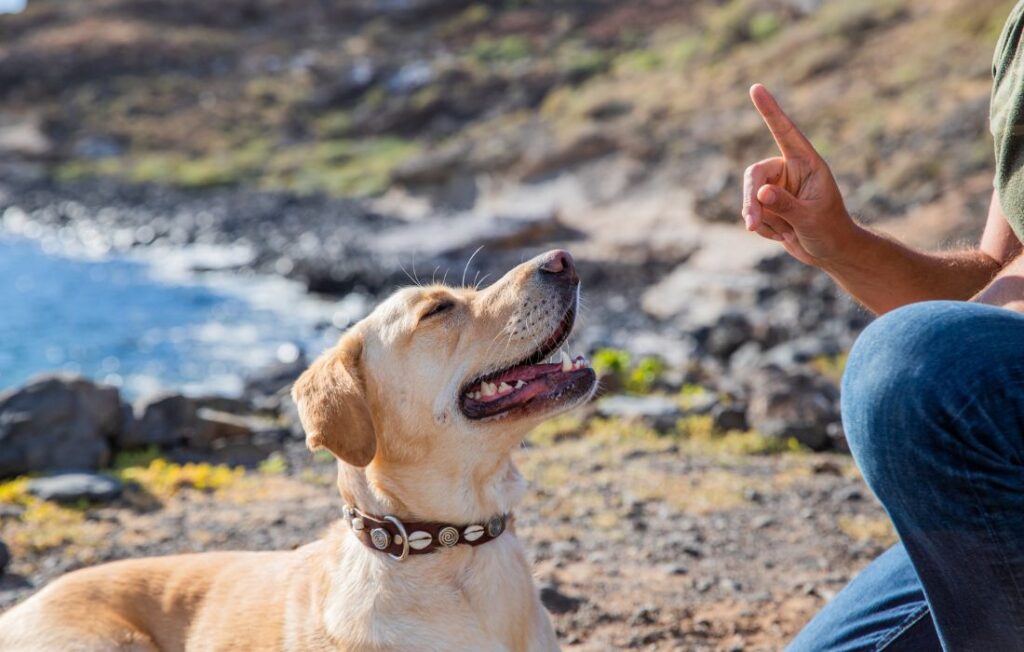

While books are a fantastic resource for dog training, tapping into modern tools and communities can elevate your training experience. From comprehensive online courses to supportive forums filled with dog owners just like you, there’s a world of knowledge waiting at your fingertips.
Online Training Platforms
The internet has revolutionized dog training, offering courses that match the quality of traditional classes but with the added flexibility of learning at your own pace. Whether you’re starting with the basics or tackling more specific challenges, online platforms provide access to professional advice right from your living room.
Here are some standout options:
- SIRIUS Dog Training: Developed by the father of positive reinforcement training, Dr. Ian Dunbar, this platform is perfect for first-time owners. Their curriculum emphasizes kind and effective methods.
- SpiritDog Training: Known for their fun, engaging courses like “Loose Leash Walking” and “Perfect Recall,” SpiritDog uses short, game-based lessons to help dogs learn quickly.
- K9 Training Institute: Ideal for those looking for a behavioral science-backed approach. They also offer a free introductory class, so you can dip your toes in before committing.
Platforms like these are often enriched with videos, downloadable guides, and personal feedback from professionals. They’re great if your schedule or location makes in-person classes tricky.
Dog Training Communities and Forums
Sometimes the best advice comes from hearing about real-life experiences. That’s what makes dog training communities and forums so valuable. It’s like having a team of mentors who’ve been through every phase of training—from wiggly puppies to sometimes-stubborn adults.
Here are top online communities to consider joining:
- r/Dogtraining on Reddit: A bustling community where you can ask questions, share successes, and troubleshoot issues. You’ll find everything from beginner tips to detailed advice on advanced training.
- Dog Training and Behavior Forums: If you’re struggling with topics like barking, chewing, or aggression, this forum provides targeted guidance for handling problem behaviors.
- Dog Training 101 on Facebook: Combining training tips with brag-worthy dog photos, this group offers advice in a friendly, casual setting. It’s ideal for bonding over shared successes and challenges.
Communities like these bring together pet owners facing similar hurdles. They’re often filled with heartfelt advice, funny anecdotes, and motivational success stories that remind you—you’re not in this alone.
Joining a forum or community also keeps you up-to-date with the latest training tools, methods, or events. Plus, you might even make a few dog-loving friends along the way!
Final Thoughts
Finding the right dog training book is more than just a step toward teaching commands—it’s the foundation for building trust, communication, and a lasting bond with your new companion. Each title we’ve covered offers unique insights and proven methods, catering to the challenges and joys of first-time dog ownership.
Whether you’re aiming to master positive reinforcement techniques or simply establish a strong connection early on, the resources shared here are invaluable companions on your journey. Start with a book that resonates with your dog’s specific needs and embrace the process with patience and positivity.
Now it’s your turn—choose your first book, roll up your sleeves, and dive into the rewarding journey of raising a happy, well-behaved dog. Your future self (and your dog) will thank you.


